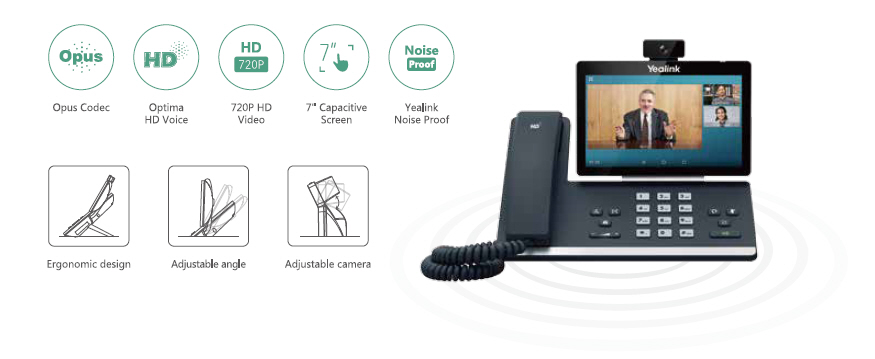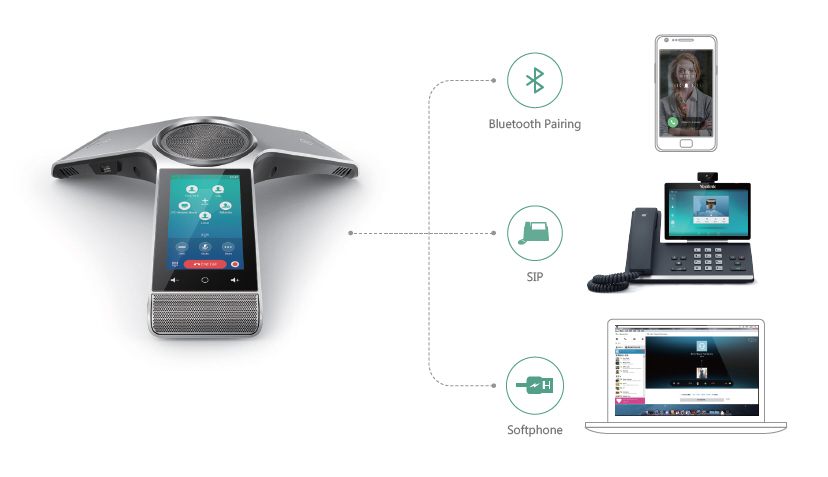Introduction
In today’s fast-paced business environment, communication is paramount. Companies are always on the lookout for innovative solutions that can enhance connectivity and improve operational efficiency. One such solution that has gained remarkable traction in recent years is SIP trunking. This technology offers a plethora of benefits for modern VoIP phone systems, making it a popular choice among businesses of all sizes. By leveraging the power of the internet, SIP trunking enables organizations to streamline their communication processes while reducing costs significantly.


This article delves deep into The Advantages of SIP Trunking for Modern VoIP Phone Systems, examining how it works, its benefits, and why it has become an essential tool for contemporary businesses. We’ll break down complex concepts into digestible sections, ensuring you walk away with a robust understanding of this transformative technology.
What is SIP Trunking?
Understanding SIP (Session Initiation Protocol)
SIP or Session Initiation Protocol is a signaling protocol used to initiate, maintain, and terminate real-time communication sessions across IP networks. It’s a fundamental component of VoIP technology because it allows voice calls to be transmitted over the internet rather than traditional telephone lines.
How SIP Works
- Signaling: When you make a call, SIP sends messages initiating the session. Session Control: It manages the call throughout its duration. Termination: Finally, when the conversation ends, SIP gracefully terminates the connection.
Defining SIP Trunking
SIP trunking refers to the method of connecting a private branch exchange (PBX) to the internet via a SIP provider. Essentially, it replaces traditional analog and digital phone lines with virtual connections that allow voice calls and other communications to flow over an IP network.
The Core Benefits of SIP Trunking
Cost Efficiency
One of the most compelling advantages of using SIP trunking is cost savings. Businesses can significantly reduce their telecommunication expenses by eliminating traditional phone lines.
How Does It Reduce Costs?
- Elimination of PSTN Charges: Traditional phone lines often incur various fees; SIP trunking minimizes or eliminates these charges altogether. Flexible Pricing Models: Many providers offer pay-as-you-go plans that cater to your specific usage patterns.
Scalability
As your business grows, so do your communication needs. Traditional phone systems can be cumbersome and expensive to scale up. In contrast, SIP trunking offers unparalleled flexibility when expanding your communications infrastructure.
Why Choose Scalable Solutions?
- Easier Upgrades: Adding or removing lines can be done swiftly without needing physical installations. Adapting to Demand Fluctuations: Increase or decrease capacity based on seasonal changes without heavy investments.
Enhanced Call Quality
With advancements in technology, call quality has drastically improved with VoIP systems. Here’s how SIP trunking contributes:
Factors Influencing Call Quality
- Bandwidth Management: Effective bandwidth allocation leads to clearer calls. Advanced Compression Techniques: These minimize lag and distortion during conversations.
Geographic Flexibility
SIP trunking breaks down geographic barriers by allowing businesses to maintain local numbers in various regions without needing physical presence there.
Advantages of Geographic Flexibility
- Market Expansion: Establish a local presence in new markets effortlessly. Customer Trust: Local numbers can instill confidence among customers who prefer dealing with local businesses.
Integration with Existing Systems
Seamless Integration with PBX Systems
Modern businesses often have existing PBX systems in place. One significant advantage of SIP trunking is its ability to integrate smoothly with these systems.
Key Integration Features
- Compatibility with Legacy Systems: Many current PBX setups can work alongside new VoIP technologies. Unified Communication Tools: Integrate video conferencing and messaging features into one platform easily.
Supporting Multiple Communication Channels
SIP trunking doesn’t just facilitate voice calls; it also supports video communications and instant messaging through unified communication platforms.
Increased Reliability and Redundancy
Built-in Redundancy Features
Reliability is crucial for any communication system. Most reputable SIP providers offer redundancy features that ensure continuous service availability even during outages or technical issues.
How Redundancy Works
- Multiple Data Centers: Providers often have multiple data centers worldwide for backup purposes. Failover Mechanisms: In case one line fails, another takes over seamlessly without interruption.
Enhanced Security Measures
Protecting Your Communication Channels
With cyber threats becoming increasingly sophisticated, security is more important than ever. Fortunately, many SIP providers implement strong security measures to safeguard communications:
Key Security Features
Encryption Protocols (SRTP): Encrypts voice data while in transit. Firewalls & Session Border Controllers (SBCs): Protect against unauthorized access and attacks.Advanced Features That Elevate Communication Experience
Unified Communications as a Service (UCaaS)
One standout feature that comes along with many SIP trunk solutions is UCaaS – an integrated solution that combines multiple communication channels like voicemail, chat, video conferencing, etc., under one umbrella service model.
Benefits of UCaaS
Streamlined Operations https://paxtonthsu.bloggersdelight.dk/2024/12/18/voip-integration-with-modern-tools-vs-old-fashioned-telephone-interfaces/ Cost Savings Improved Collaboration Among TeamsThe Environmental Impact
Going Green with VoIP Phone Systems
By using VoIP phone systems powered by SIP trunking technology, companies can contribute positively towards environmental sustainability efforts:
Environmental Benefits
Reduced Carbon Footprint from Less Hardware Decreased Energy Consumption Minimization of Waste from Old Telephony EquipmentReal-world Applications and Case Studies
Success Stories Using SIP Trunking
Several organizations have successfully transitioned from traditional telephony systems to modern VoIP solutions powered by SIP trunks:
Example Case Study 1 - Company A
Company A saw a 40% reduction in telecommunication costs after switching to a comprehensive VoIP solution while enhancing their customer support capabilities tremendously through localized numbers across several regions they operate in globally!

Example Case Study 2 - Company B
Company B integrated advanced video conferencing features through their existing PBX system utilizing seamless interoperability offered by their chosen provider leading them saving significant time spent on travel!
FAQs about SIP Trunking
What is the difference between traditional telephony and VoIP?
Traditional telephony relies on physical circuits for call routing while VoIP transmits voice data packets over the internet which results in lower costs & enhanced features!
Can I keep my existing phone numbers when switching?
Yes! Most providers allow you to port your existing numbers during migration ensuring minimal disruption during transition!
Is there any downtime associated with switching?
Reputable providers aim for zero downtime but some brief interruptions might occur depending on complexity involved during installation phase if not planned meticulously ahead!
What kind of support does my provider offer post-switch?
Most providers offer extensive customer support including troubleshooting assistance & ongoing maintenance ensuring smooth operation throughout lifespan!
Are there limitations on international calling?
While many providers have affordable international calling options included within packages; limitations do exist based solely upon plan type chosen at outset—always read fine print carefully before signing anything!
Conclusion
In conclusion, adopting modern technologies like SIP Trunking provides numerous advantages for organizations looking to enhance their communications landscape while cutting costs simultaneously! From improved scalability & reliability through streamlined integrations; today's VoIP Phone Systems present diverse solutions tailored specifically around unique business needs ensuring teams remain connected efficiently regardless where they may find themselves geographically located! Organizations wishing maximize productivity must consider transitioning towards these advanced platforms sooner rather than later—ultimately setting themselves up success amid rapidly evolving digital age we live within today!